Modeling Health Safety Tips: Avoid Hidden Risks and Keep Creating
As a miniature painter and designer with over 35 years of experience, I’ve spent countless hours sanding, gluing, and painting models—often losing track of time while fully immersed in the creative process. However, one thing I’ve learned over the years is that safety must come first. Whether you’re working on tiny tabletop pieces or large-scale projects like my 1:1 replica of the Tim Burton’s Sleepy Hollow,, it’s easy to overlook how the materials and processes can affect your health.

“Discover the art of 3D modelling as we recreate the iconic Hessian Horseman Sword from Sleepy Hollow. From inspiration to creation, see how dreams take shape!”
This guide on Modeling Health Safety Tips will walk you through simple but essential precautions to keep you healthy while bringing your creations to life. Trust me—if you love this hobby as much as I do, your health is the most valuable tool in your kit!
Why Are Modeling Health Safety Tips Essential for Hobbyists?
Let’s be real—when we’re excited about a project, safety is usually the last thing on our minds. But tasks like sanding, priming, and gluing models can expose us to harmful dust and fumes. Over time, ignoring these risks can lead to serious health problems, including respiratory issues, skin irritation, or even long-term chemical exposure.
I used to take shortcuts when I first started painting models. Sanding resin parts without a mask or priming pieces indoors seemed harmless, but I quickly realized that I was inhaling fine particles that left me coughing and tired. I didn’t want my love for modeling to jeopardize my health, so I took action to change my habits—and I hope this guide helps you do the same.
Common Health Risks When Ignoring Modeling Health Safety Tips
Before we dive into solutions, let’s identify the biggest hazards you might face while modeling:
1. Fine Dust from Sanding
Whether you’re sanding 3D-printed PLA, resin pieces, or dried putty, the process releases extremely fine dust particles. These particles aren’t just messy—they’re dangerous to inhale or spread throughout your workspace.
Personal Experience: I once sanded a resin model indoors without a second thought. By morning, fine white dust had covered my desk, shelves, and even a chair across the room. That experience taught me to always sand outdoors or follow strict safety precautions.
2. Toxic Fumes from Resins and Primers
Epoxy resins, spray primers, and automotive putty are staples in model crafting, but they emit harmful fumes that can irritate your lungs and skin. Working in poorly ventilated spaces compounds this risk.
3. Skin Irritation from Chemicals
Adhesives, paints, putties, and resins can cause skin irritation or allergic reactions. Even water-based paints can contain chemicals that are best kept off your skin.
Top Modeling Health Safety Tips to Protect Yourself
1. Always Work in a Well-Ventilated Area
Proper ventilation is one of the most critical Modeling Health Safety Tips. If you’re sanding, priming, or working with resins, make sure you have plenty of fresh air. Whenever possible, take these tasks outdoors.
My Setup: I’ve created a designated work area on my rooftop where I do all my sanding and priming. This ensures harmful dust and fumes stay out of my house and away from my family.
Indoor Alternative: If working outdoors isn’t possible, use an exhaust fan, open windows, or invest in an air purifier to improve airflow.
2. Wear Protective Gear While Modeling
Your safety gear is as important as your tools. Here’s what every modeler should have:
- Respirator Mask: Wear a certified respiritor mask to protect against dust and fumes. A cheap dust mask won’t cut it!
- Gloves: Nitrile gloves are ideal for working with adhesives, resins, and strong chemicals.
- Safety Glasses: Always protect your eyes, especially when sanding or mixing chemicals.
Pro Tip: A quality respirator might feel awkward at first, but it’s essential for long-term health. Trust me—your lungs will thank you later.
3. Keep Sanding Clothes Separate
One of the lesser-known Modeling Health Safety Tips is managing the dust that clings to your clothes. If you’re not careful, you can carry it into your living space, spreading it throughout your home.
- Use old, dedicated clothes when sanding or priming.
- Wash these clothes separately from regular laundry.
- Take a shower immediately after sanding to remove any dust from your skin and hair.
Personal Anecdote: Early on, I neglected this step and accidentally spread sanding dust all over my house. My family wasn’t thrilled! Now, I follow a strict routine—shower, change clothes, and leave the dust outside where it belongs.
4. Choose Safer Materials for Modeling
Whenever possible, opt for safer materials to minimize health risks.
- Use water-based primers and paints—they emit fewer harmful fumes.
- Look for low-odor adhesives and resins to keep your workspace safer.
- Read product labels and prioritize non-toxic options.
5. Use Car Putty and Chemicals Safely
Car putty and similar products are excellent for smoothing surfaces, but they must be handled carefully:
- Always mix and apply these materials in a well-ventilated space (outdoors is ideal).
- Wear gloves, a respirator, and safety glasses to protect yourself.
- Use wet sanding to minimize airborne dust. Simply dip your sandpaper in water and sand carefully.
Pro Tip: Wet sanding is not only safer but also produces a cleaner finish, which is great for preparing your models for paint.
Applying These Modeling Health Safety Tips: The Hessian Sword Project
Recently, I’ve been working on a 1:1 replica of the Hessian Sword from Sleepy Hollow. This project gave me the perfect opportunity to practice these Modeling Health Safety Tips:
- Sanding Outdoors: I worked outside on my roof, wearing gloves and a respirator mask to keep harmful dust away.
- Safe Epoxy and Priming: While gluing and priming the sword parts, I ensured proper ventilation and wore protective gear throughout.
- Cleanup Routine: I always showered and changed clothes immediately after each session to avoid spreading dust indoors.
Small precautions like these make all the difference when tackling ambitious projects.
Stay Safe and Keep Creating with DressArt3D
If you love modeling but don’t have the time or tools to create large-scale pieces like the Hessian Sword, explore our collection at DressArt3D.com. From professionally painted miniatures for tabletop gaming to exclusive merch like t-shirts, we’ve got something for every collector and hobbyist.

Pro Tip: By supporting us at DressArt3D, you’re helping us bring more exciting projects to life. Every purchase—whether it’s a miniature or a piece of merch—keeps our creative journey going!
Final Thoughts: Make Safety a Habit in Your Modeling Projects
Modeling is a fantastic hobby that brings joy, creativity, and satisfaction. But it’s vital to prioritize your health while doing what you love. By following these Modeling Health Safety Tips, you’ll protect yourself and ensure you can keep creating for years to come.
Stay safe, stay creative, and remember to check out our exclusive creations at DressArt3D.com. Let me know in the comments how you stay safe while modeling or reach out for advice—I’d love to hear about your projects!
Call to Action: Visit DressArt3D.com today for unique miniatures, t-shirts, and merch. Your support helps bring inspiring projects like the Hessian Sword to life!
———————————————————————————————–
Thanks with a Gift!
Thanks for sticking with this long read. If you managed to arrive to this point I sincerely think that you found this reading an interesting one and I really appreciate it. As a small token for your interest, may I remind you that if you simply create an account with our online show you will be instantly given a one time, no expiry 10% Discount Coupon. You will be able to find it in the coupon section of the My Account Section in the links section above.
Thanks for appreciating our Art!

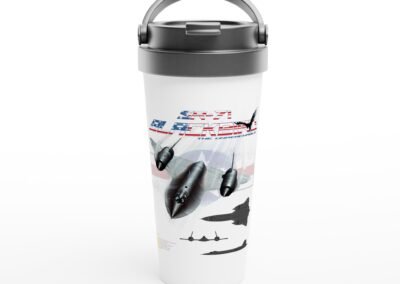
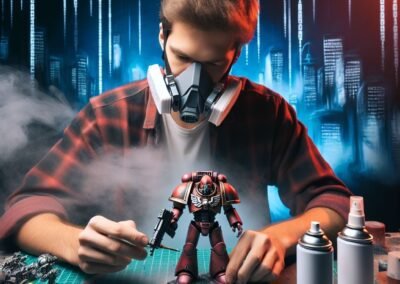
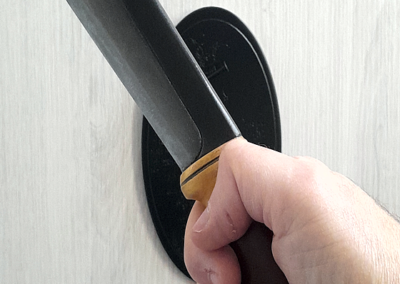


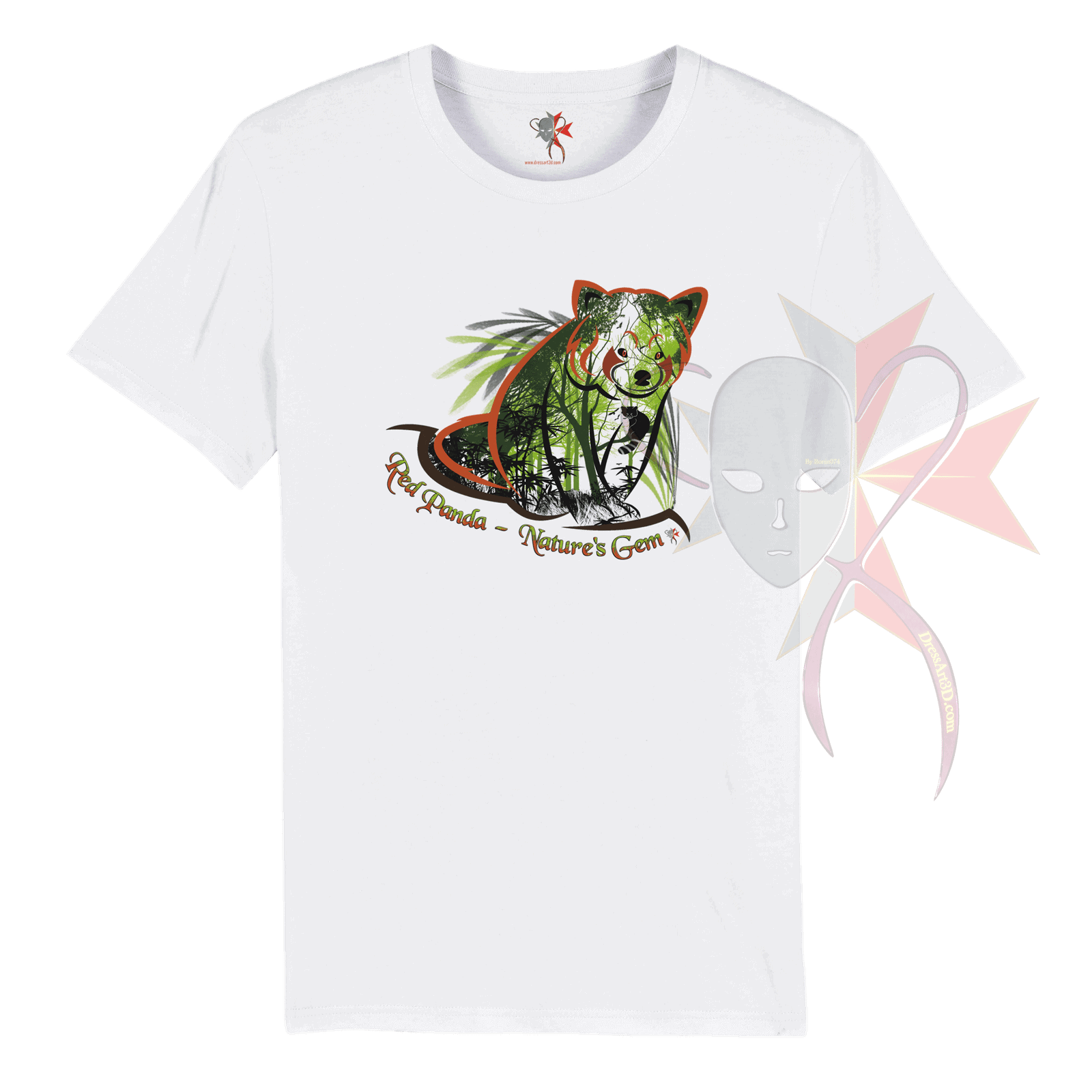

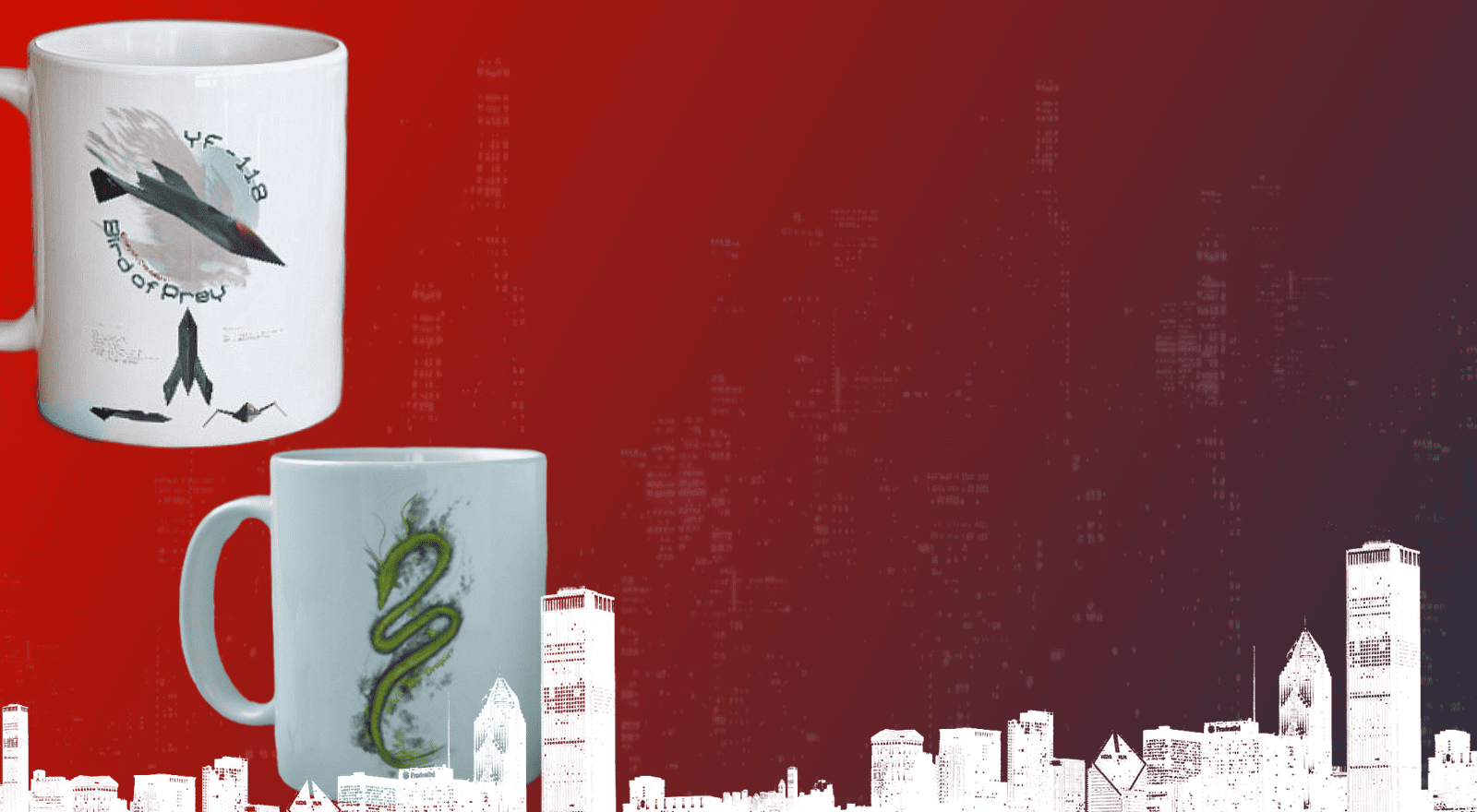
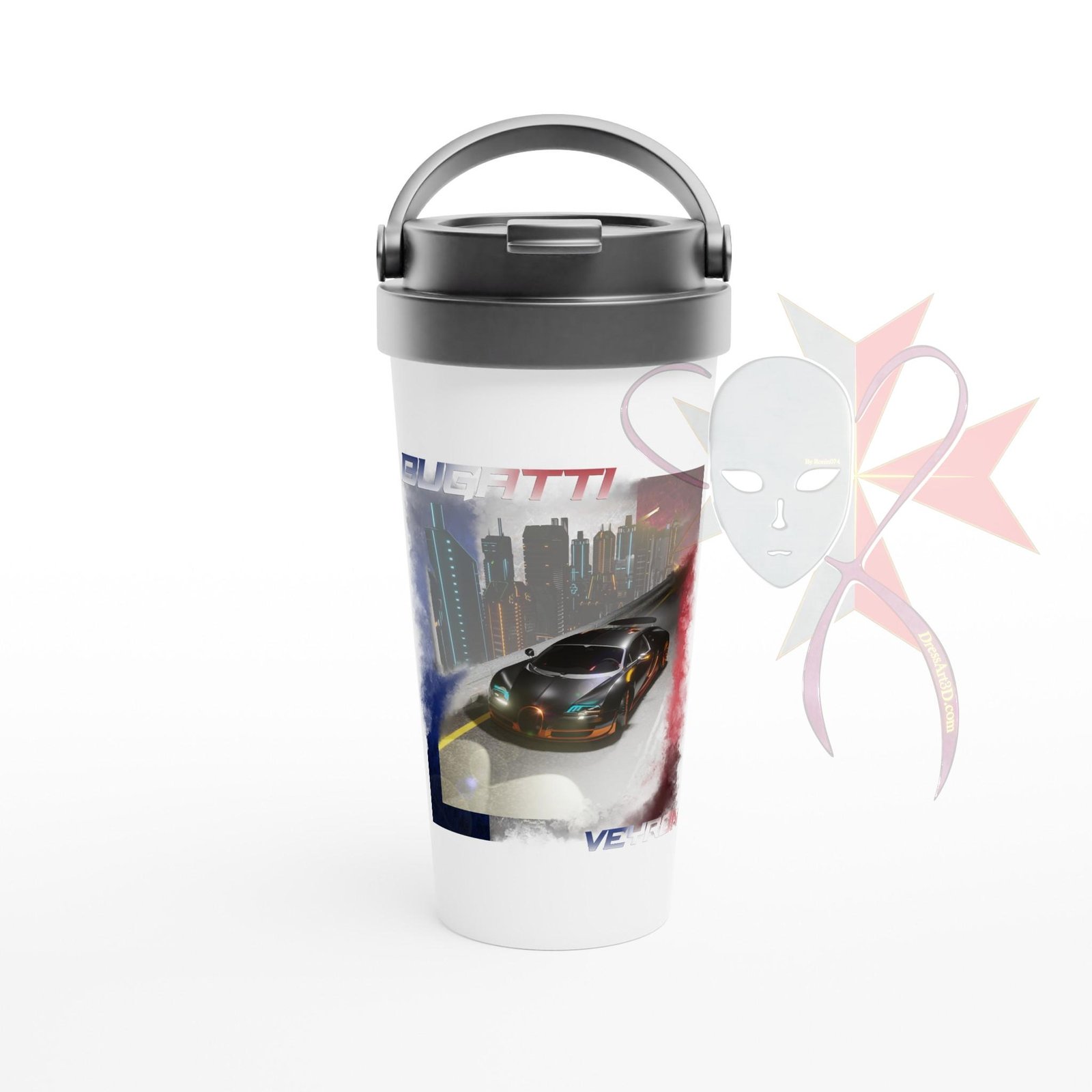
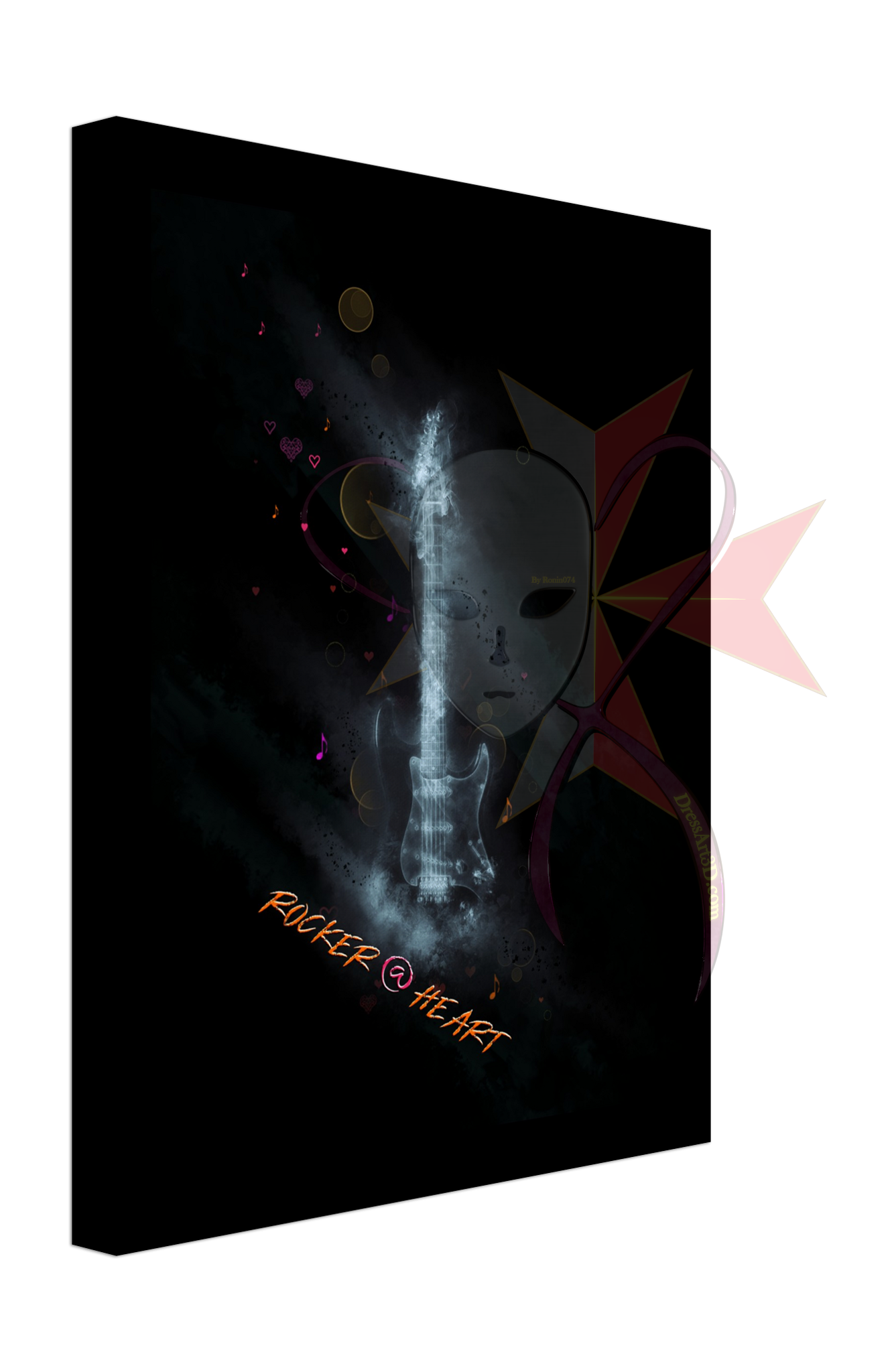

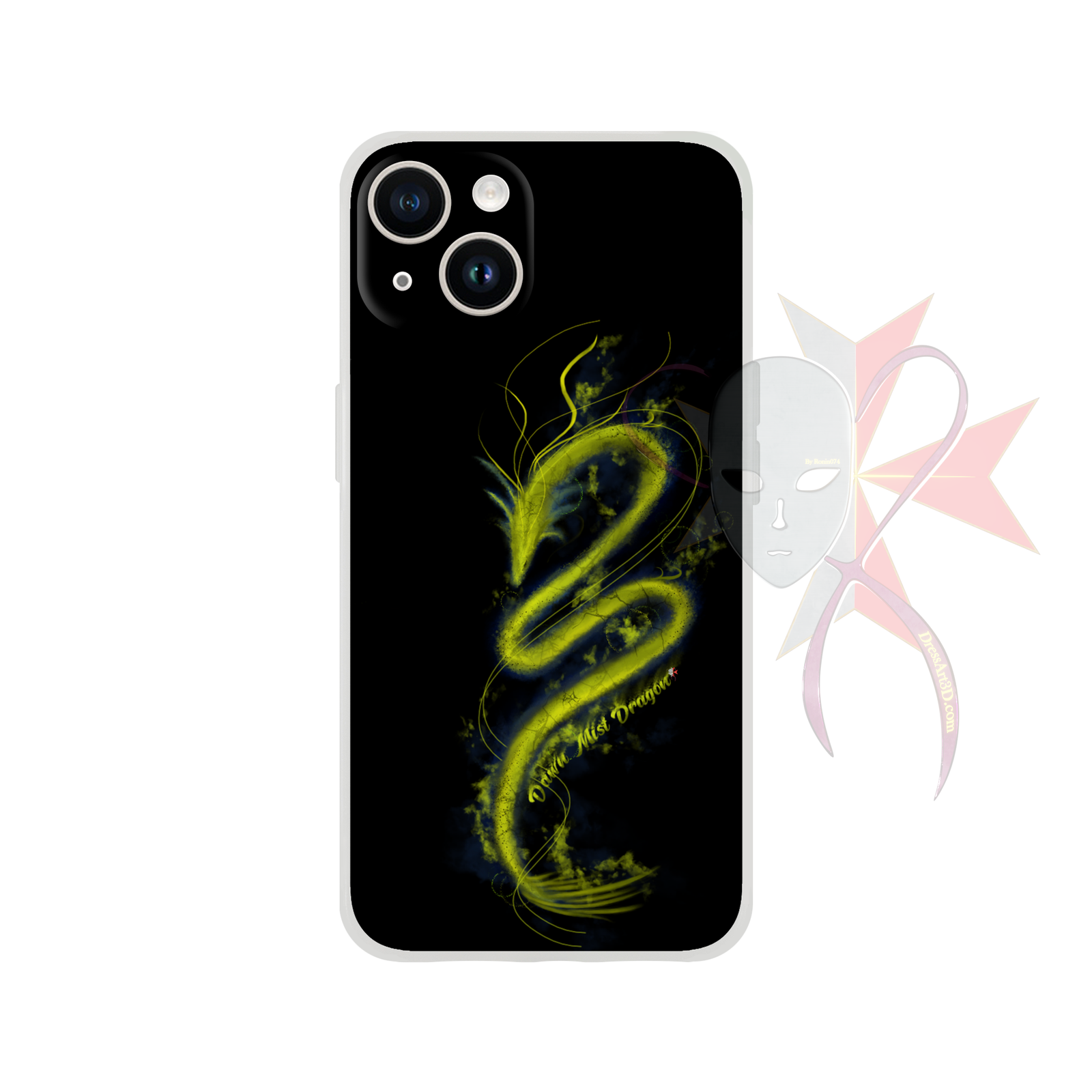
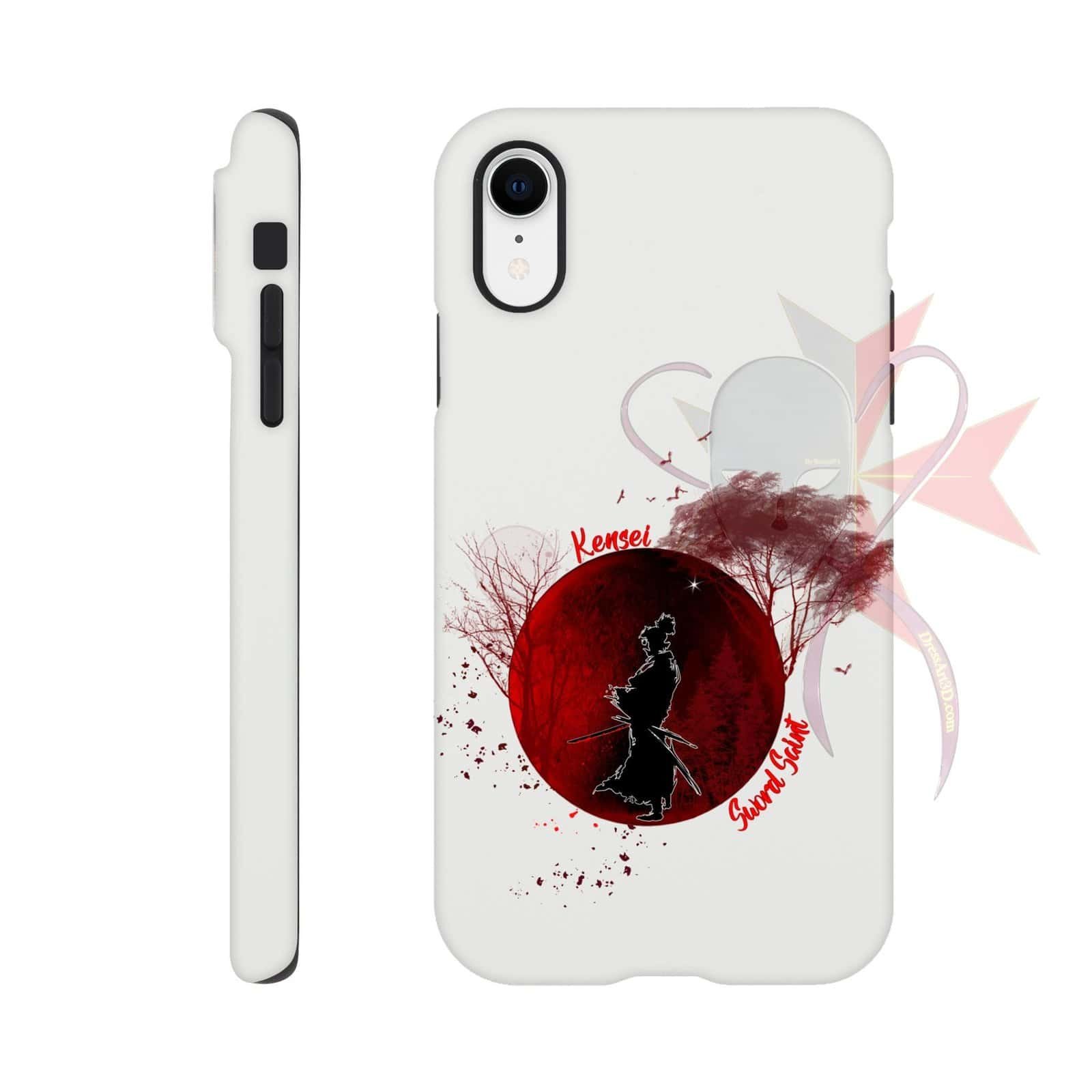





(Egypt) – Fantastic breakdown of modeling safety. Do you think a simple fan is enough for ventilation?
This should be required reading for all modelers. Health first, always!
I’ve been painting miniatures and working with 3D printed models for a while now, but I never really thought about just how much dust and fumes I’ve been exposing myself to. Your article was a real wake-up call! I always assumed that a simple cloth mask was enough, but after reading your section on respirators, I realize I’ve been taking a huge risk.
I also found the tip about using dedicated clothes for sanding really smart. I usually just sand at my work desk and clean up afterward, but I never considered how much fine dust sticks to my clothes and spreads around my home. From now on, I’ll definitely set up a specific area for sanding and priming.
One question—what’s your opinion on airbrush painting safety? I’ve recently started airbrushing indoors, and I try to keep the window open, but I’m wondering if I should be doing more to protect myself. Do you recommend a spray booth or a specific type of mask for airbrushing? Thanks again for such a detailed and important guide!
When airbrushing all you can do to increase airflow and protect you lungs is better. So yes to spray boots and ventilators and filtration masks.
Love this! Have you ever tried non-toxic alternatives to resin and putty?
Whenever I can I always try non-toxic alternatives to anything but these are hard to find in my area and quite expensive online.
Thanks for the warning about epoxy! I always forget to mix it properly. Will be more careful now.
Wet sanding is a game changer! I tried it today, and my workspace was much cleaner.